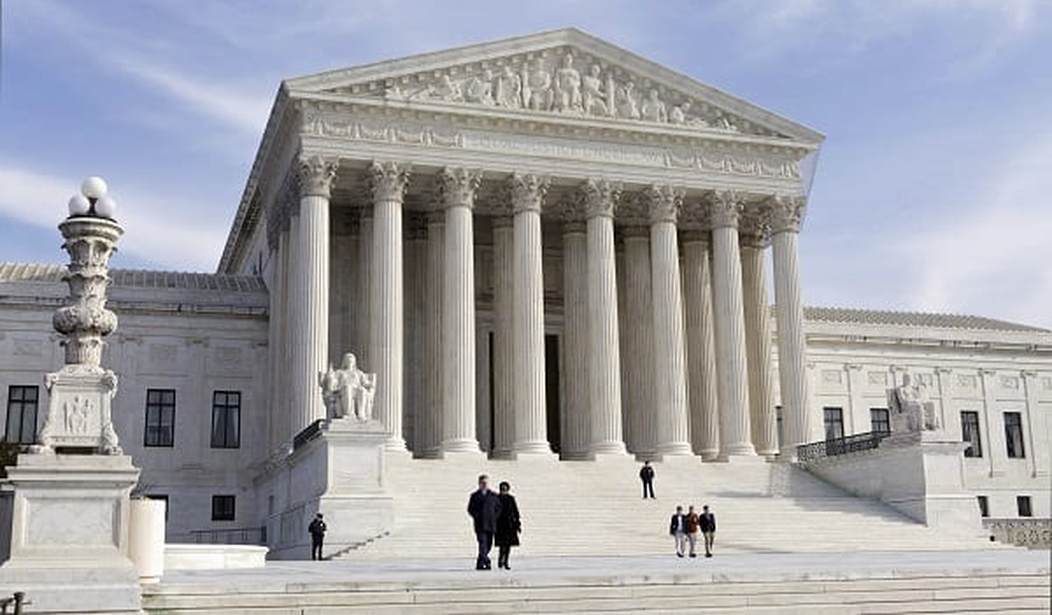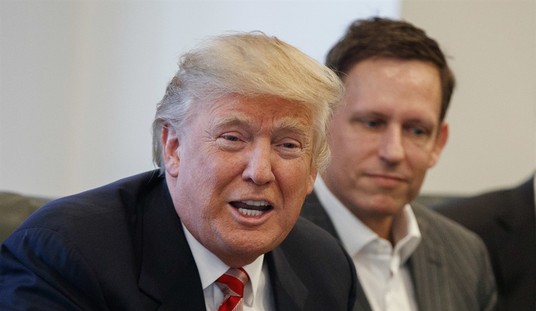Supreme Court Justice Anthony Kennedy announced his retirement today, giving President Donald Trump a second appointment to the nation’s highest court.
Kennedy was appointed to the Court by President Ronald Reagan in 1987, and has been the swing vote in a number of key 5-4 decisions, including Roe v. Wade, Bush v. Gore, Citizens United v. FEC, Planned Parenthood v. Casey, and Obergefell v. Hodges.
Trump’s first SCOTUS appointment, Justice Neil Gorsuch, was to replace Justice Antonin Scalia, who passed away in 2016. Scalia was a staunch conservative and originalist, and the Gorsuch appointment — despite some caterwauling from the Democrats — was not viewed as changing the ideological makeup of the Court.
Kennedy’s retirement, on the other hand, stands to be a seismic shift, potentially locking in a conservative majority for generations. SCOTUS Justices receive lifetime appointments.
It has proven difficult for Republican presidents to accurately predict how their judicial appointees will operate; Kennedy and Sandra Day O’Connor before him were both Reagan appointees who sided with the liberals in several key cases. However, if Trump manages to replace Kennedy with a more reliably conservative jurist — especially if the appointee is on the younger side — the new justice could be a part of a long term and significant shift in the court.
Expect strong opposition from the Democrats against whoever Trump selects for this important role. They opposed the Gorsuch appointment but knew that was merely preserving the status quo. This next appointment is a far different scenario.
Fasten your seatbelts, Senate Republicans. It’s going to be a bumpy night.

UPDATE: Kennedy’s retirement will be effective July 31st, according to the letter he sent to Trump announcing his decision to retire. CNN reported that a senior White House official told them that Trump plans to push hard for the confirmation of the new Justice before the midterm elections.”
Follow Sarah Rumpf on Twitter: @rumpfshaker.














Join the conversation as a VIP Member